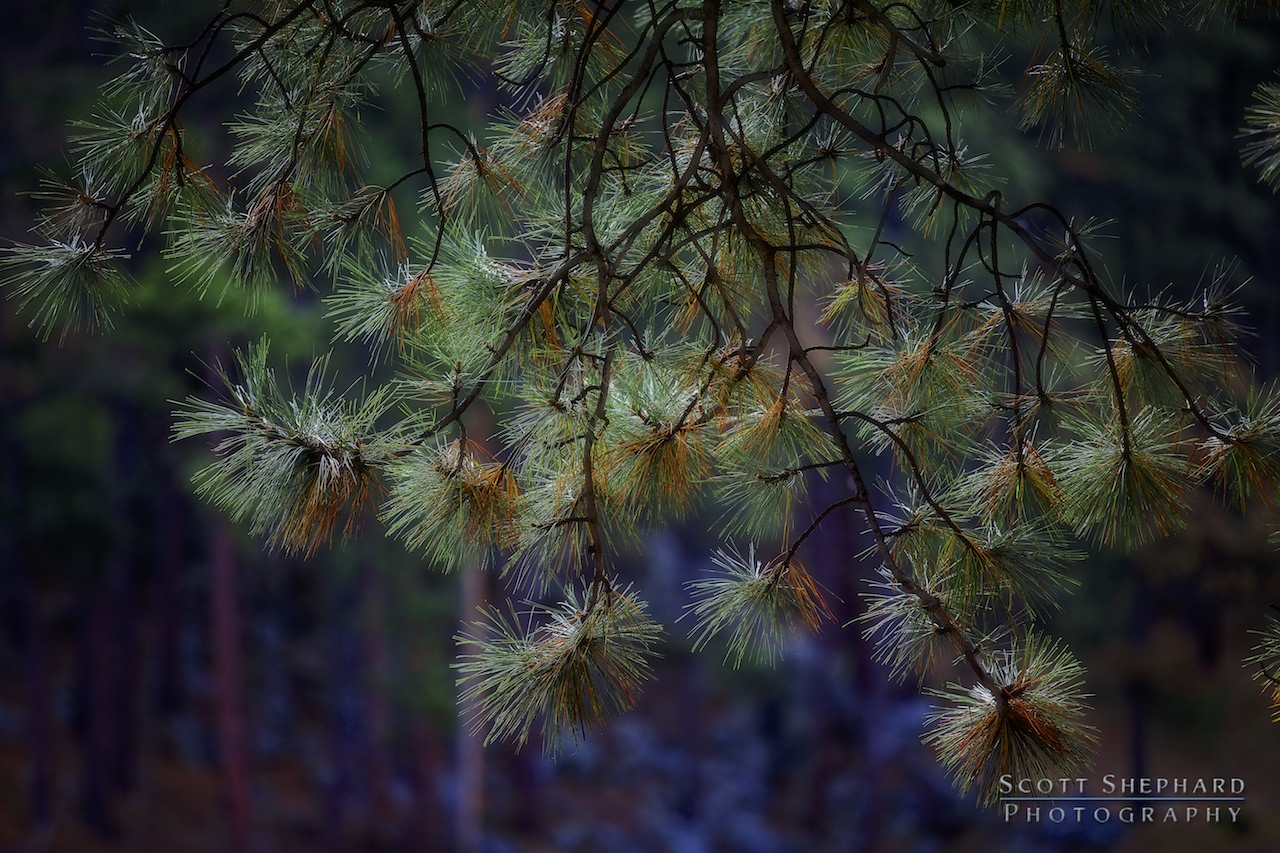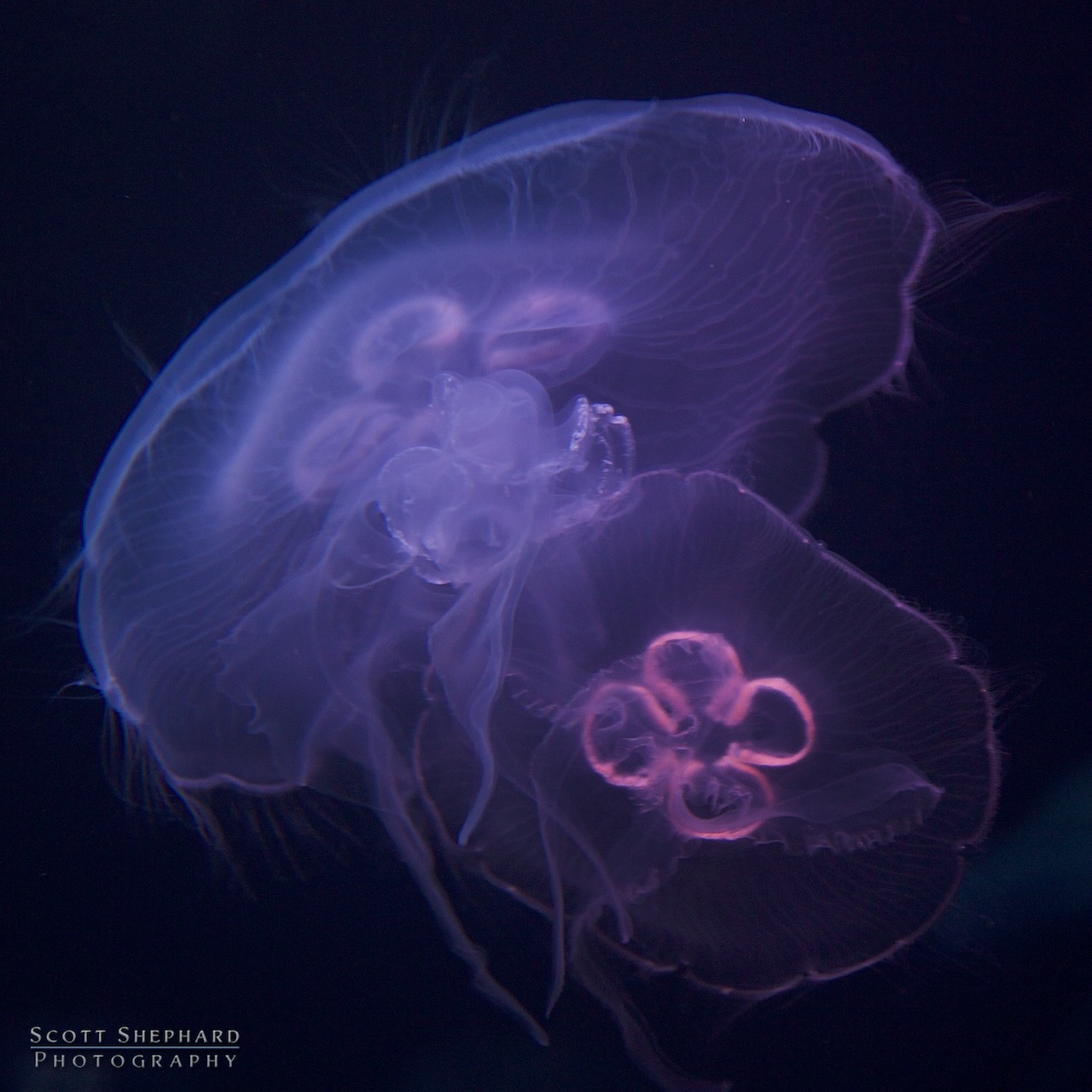 When Deb and I paid the entrance fee for the Lauritzen Gardens in Omaha, Nebraska, a few weeks ago, we weren't expecting much given that the gardens were past bloom and prepared for winter. But we were surprised by what we found. And even if we hadn't found anything worth seeing, it would have been good just to stroll through a largely deserted landscape on a nice November day.
When Deb and I paid the entrance fee for the Lauritzen Gardens in Omaha, Nebraska, a few weeks ago, we weren't expecting much given that the gardens were past bloom and prepared for winter. But we were surprised by what we found. And even if we hadn't found anything worth seeing, it would have been good just to stroll through a largely deserted landscape on a nice November day.
I suspect that many gardeners would feel that what you are seeing here is a mess that needs to be cleaned up. But I see a great mix of lines, colors and textures. This isn't quite like Monet's famous lily ponds at Giverney but this but perhaps a way to pay tribute the one of my favorite artists.
Canon 5DIII 1/250s f/5.0 ISO200 100mm

 It occurs to me that in the Black Hills of South Dakota, where this photo was taken, the ponderosa pine is visual white noise in that there are so many of them and, unless they are fallen or bug infested or on fire, they are rarely seen.
It occurs to me that in the Black Hills of South Dakota, where this photo was taken, the ponderosa pine is visual white noise in that there are so many of them and, unless they are fallen or bug infested or on fire, they are rarely seen. Deb and I took a hike through a nature area on our visit to St. John in the US Virgin Islands this past June. I spent quite a bit of time photographing the plants that grew on plants here, much like this air plant is growing on the side of a small tree, which is also host to a vine that is curling upward. Are these plants friendly and helpful to each other? And is that what symbiosis means? Or are we seeing evidence of parasitism?
Deb and I took a hike through a nature area on our visit to St. John in the US Virgin Islands this past June. I spent quite a bit of time photographing the plants that grew on plants here, much like this air plant is growing on the side of a small tree, which is also host to a vine that is curling upward. Are these plants friendly and helpful to each other? And is that what symbiosis means? Or are we seeing evidence of parasitism?
 I suppose I should be posting something slightly more seasonal, shouldn't I? But perhaps these purple iris are blooming somewhere in Australia, where summer is about to begin. So I would suggest they are seasonal.
I suppose I should be posting something slightly more seasonal, shouldn't I? But perhaps these purple iris are blooming somewhere in Australia, where summer is about to begin. So I would suggest they are seasonal. Here's another capture from the Doorly Zoo and Aquarium in Omaha, Nebraska. As I was working on getting this photo ready for this post, it occurred to me that the photos you see here fall into one of about three categories: photos that demonstrate a process, photos that attempt to show a unique or new view of things, and photos of things, in which process, art and uniqueness are not primary considerations.
Here's another capture from the Doorly Zoo and Aquarium in Omaha, Nebraska. As I was working on getting this photo ready for this post, it occurred to me that the photos you see here fall into one of about three categories: photos that demonstrate a process, photos that attempt to show a unique or new view of things, and photos of things, in which process, art and uniqueness are not primary considerations.
 The leaves have turned and fallen in Watertown, SD, but I discovered that if you go south about 300 hundred miles, you will find that you can still find fall colors. These leaves were photographed at the Lauritzen Gardens in Omaha and though the flowers beds were tilled and ready for winter, there was still plenty to enjoy.
The leaves have turned and fallen in Watertown, SD, but I discovered that if you go south about 300 hundred miles, you will find that you can still find fall colors. These leaves were photographed at the Lauritzen Gardens in Omaha and though the flowers beds were tilled and ready for winter, there was still plenty to enjoy. Those who follow
Those who follow 
 This photo of a Hawaiian gecko is the third in a row in this blog that come from my 2006 collection. Like so many other photos of mine, it had been abandoned and exists only because I'm not good at throwing things away.
This photo of a Hawaiian gecko is the third in a row in this blog that come from my 2006 collection. Like so many other photos of mine, it had been abandoned and exists only because I'm not good at throwing things away. My blog has been dominated by monotones lately so I decided it was time to brighten things up a bit. These leaves were found in a small park below the state capitol building in Salt Lake City Utah.
My blog has been dominated by monotones lately so I decided it was time to brighten things up a bit. These leaves were found in a small park below the state capitol building in Salt Lake City Utah. The "golden hour" is generally defined as the hour of sunlight just before sunset. It is particularly conducive to natural light portraiture, though other things, including landscapes and cityscapes, look better in this light, too.
The "golden hour" is generally defined as the hour of sunlight just before sunset. It is particularly conducive to natural light portraiture, though other things, including landscapes and cityscapes, look better in this light, too. Why take a perfectly good colored, fall foliage photo and turn it into an antique-looking sepia-toned print? I guess I was playing. And I am more interested in having you see the incredible symmetry of nature than I am about have you see the bright color.
Why take a perfectly good colored, fall foliage photo and turn it into an antique-looking sepia-toned print? I guess I was playing. And I am more interested in having you see the incredible symmetry of nature than I am about have you see the bright color. Anyone who knows this blog knows that I often repeat myself. I have not yet tried to re-invent myself as a photographer and, at my age and inclination, I'm not sure that it is possible. Or worthy.
Anyone who knows this blog knows that I often repeat myself. I have not yet tried to re-invent myself as a photographer and, at my age and inclination, I'm not sure that it is possible. Or worthy.